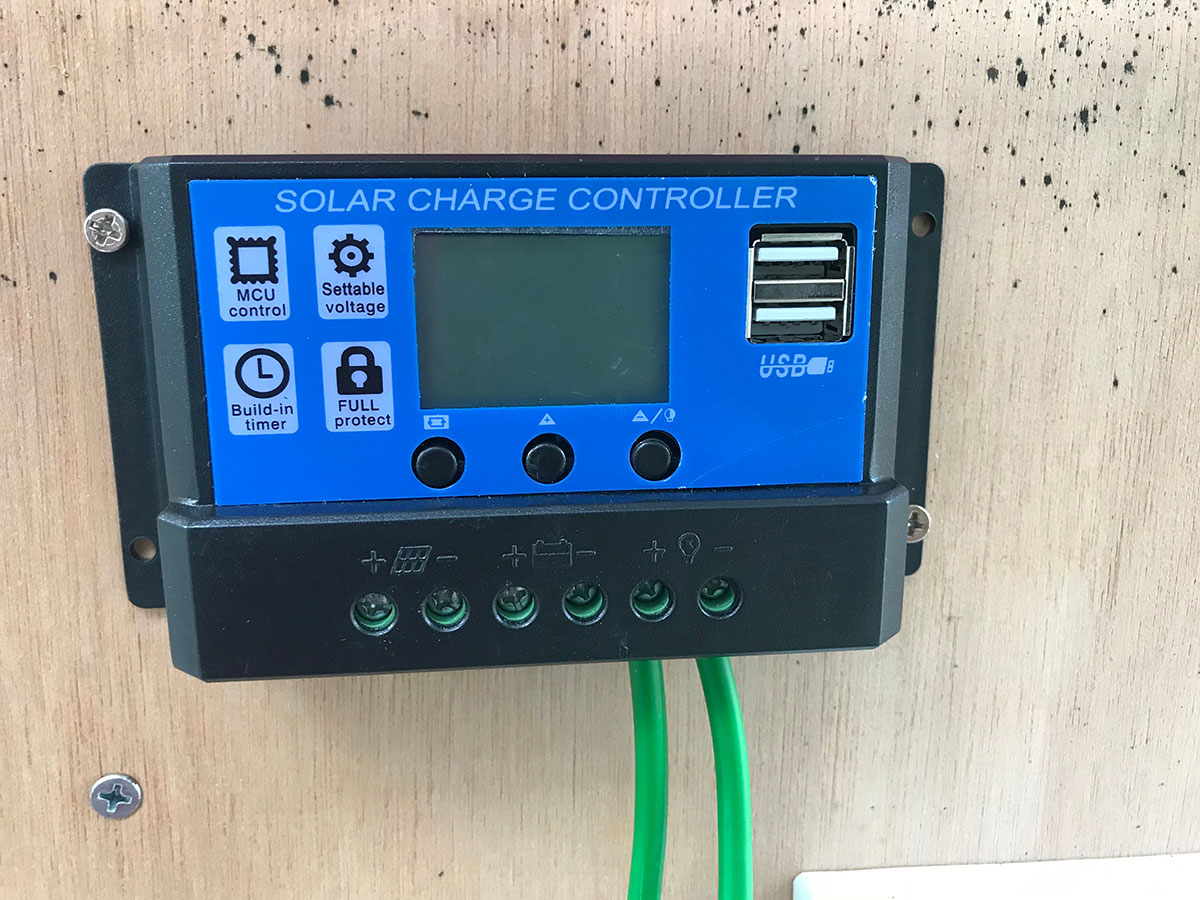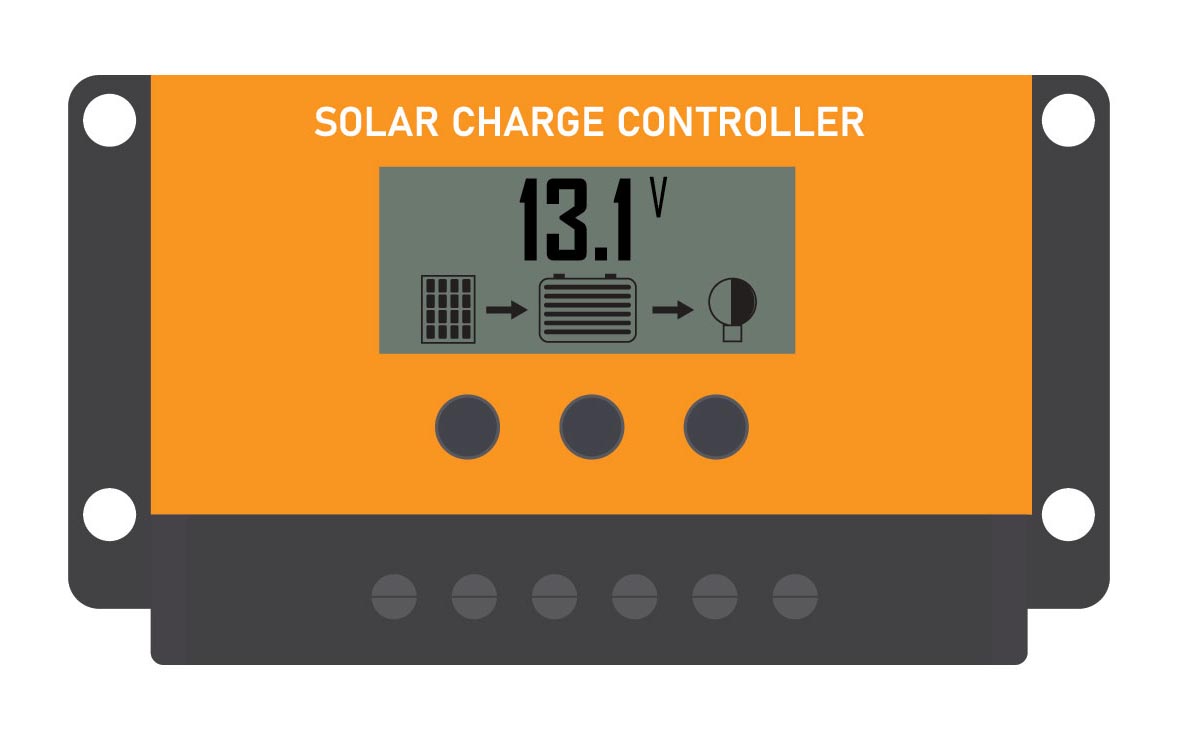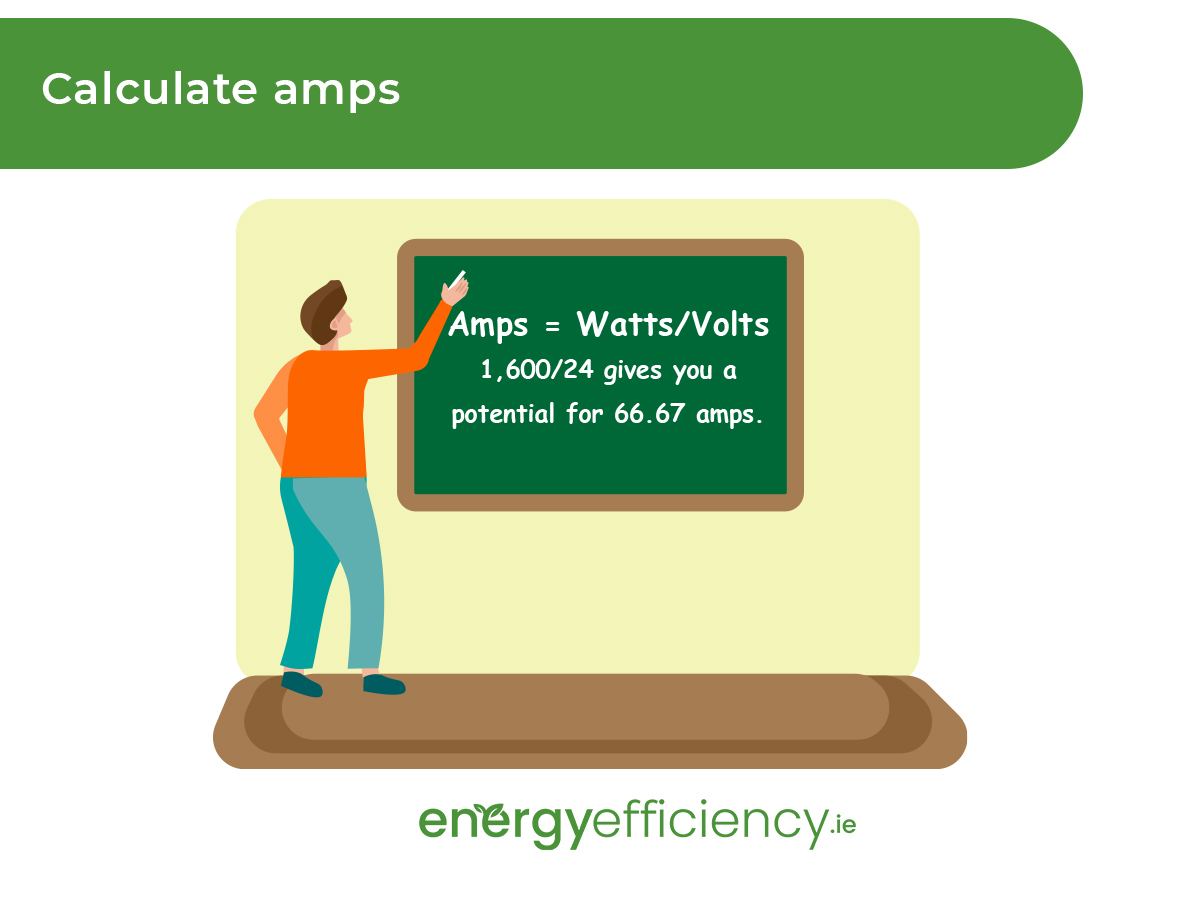Solar Charge Controllers are a lesser known component of a solar PV system, but they are important for anyone who is considering having a solar battery installed to get some extra juice out of their system. They essentially monitor and regulate electricity flow as your solar battery approaches being fully charged.

Table of content
What is a solar charge controller?
A solar charge controller is an essential part of the safe operation of a solar system that makes use of energy storage. Solar panels generate a constant supply of energy through sunlight, which feeds into your battery and recharges it after it has been depleted.
A charge controller is necessary to monitor and regulate that flow of electricity, how much is allowed as the battery approaches its full charge. Without having a controller installed, your solar battery could be vulnerable to overcharging which could severely reduce its lifespan.

Types of solar charge controllers
There are three main types of solar charge controllers, which come at different costs and with different advantages based on the size of the solar array and specific needs.
Simple 1 or 2 Stage Controllers
These rely on shunt transistors or relays to control voltage by essentially cutting power from the solar panel. By far the oldest type of device, they have largely fallen out of use. Often inefficient, they are mainly notable for being cheap, and reliable due to their simplicity.
PWM Controllers
Pulse Width Modulation Controllers are inexpensive and reliable, and are widely enough manufactured that there are plenty of options to choose from.
Their biggest inefficiency is that the battery voltage must match the voltage of your solar panels. They are unable to adjust voltages, instead cutting off power from the solar panels as their voltage increases. This can result in inefficiencies in larger solar PV systems.
Maximum Power Point Tracking (MPPT) Controllers
The most modern and efficient type of controllers on the market today, with efficiencies reaching up to 98%. But this of course means that they are also more expensive.
The ability of an MPPT controller to work with solar arrays and batteries of much higher voltages than other controllers means that far less power is lost. This is important as modern battery systems with voltages of up to 48V are becoming more common.
As they can modulate different voltages, you are also able to use higher-voltage panels with lower-voltage batteries. This allows for far more versatility in your array.
7 Years
A typical solar installation is fully paid back within 7 years. All solar panels we recommend are under warranty for 25 years, so you will enjoy at least 17 years of free energy generation.
0% VAT
As of 10 May 2023, the government has removed all VAT on solar installation and solar panel supply. This means solar has never been more affordable!
Government Grants
There is a range of government grants available for all new solar installations. Our team will guide you through the application process.
Why do you need solar charge controllers
Solar charge controllers are needed to moderate between solar panels and batteries to ensure that the battery is getting the voltage it needs at any given time.
They also help to prevent overcharging of your battery, and to block the flow of reverse current during downtime on your solar panels.

Solar panels output
A solar panel which is rated at 12V will actually be able to output around 17V, or even up to 20V. This is due to the fact that solar panels are rarely producing their maximum output because of cloud cover, or the amount of sunlight in your region.
Extra capacity is needed so that your solar panels can always be putting out enough voltage for your battery to accept when there is less light, or the skies are overcast.
The solar charge controller works to downgrade whatever electricity is being produced by your solar panels to the voltage needed at that time, whether it is charging or in a rest state.
Reverse Current
Power is only meant to flow in a single direction from your solar panels into the battery. However, when the voltage of your solar panels drops below that of your battery, at night for instance, some current may pass in the opposite direction.
Modern solar charge controllers are fitted with a semiconductor which ensures that current only passes in one direction. This prevents any electricity being wasted by the reverse current.
Overcharging
The most basic task of this device is to ensure that no more than the required amount of electricity is flowing from your solar panel array to the battery. The controller will either reduce the voltage to a trickle as it approaches capacity, or cut it off entirely, depending on the technology being used.
This is a more serious concern for off-grid solar systems, as they cannot send excess power into the utility grid. In that case, without being able to reduce or stop the flow of power into the battery, it can result in a dangerous amount of overcharging
How do solar charge controllers work
Solar batteries have different power requirements whether they are charging, approach capacity, or area at full capacity. A solar charge controller will regulate the voltage and current coming from your solar array to whatever level is needed at that time.
When a battery is charging it will have the highest voltage requirement, usually to around 80%, and the controller will then reduce the flow of power to a trickle as it approaches full capacity.
Many modern controllers will also allow users to set control points to change the voltage based on the temperature of the battery bank, which does affect how easily power flows.
Do you need a solar charge controller?
Not all people with solar PV systems will need a solar charge controller. The majority of people with a battery installed as part of their system will need to use one. Only the very smallest of solar panels rated from 1 – 5 watts, known as trickle charge panels, can be used without a controller.
If you have solar panels without a battery however, the utility grid regulates the flow of power and absorbs any excess electricity from your solar panels.
What size solar charge controller do I need?
Picking what controller is best suited for you will depend on your battery type, and other factors. If you need a controller for your PV system, then you have to make sure that it is rated properly for the battery voltage, as well as the current and voltage of your solar panel array.
PWM systems are generally rated for up to a maximum of 24V depending on the model, while the more advanced MPPT devices can handle up to 48V systems, which are becoming increasingly common.
Your devices will also likely have a rating for how many amps it can handle, with MPPT devices again having a higher capacity.
To calculate the amps of your solar array, simple run the numbers: Amps = Watts/Volts.
If you have a 1,600W solar array of four panels, rated for 24V. Then 1,600/24 gives you a potential for 66.67 amps, and you should ensure that the controller is rated for more than that, or it could overload.

Learn more about solar charge controllers today
To conclude, solar charge controllers are an essential part of any solar system which intends to make use of battery storage.
Make a free inquiry to see what solar power with battery storage storage can do for you today.


